8 Fast-Growing Ground Cover Plants – Hide Bare Soil And Curb Weeds
Ground cover plants are the ideal solution to green up bare patches of soil. These fast-growing varieties will add a professional look to your landscaping design in no time.
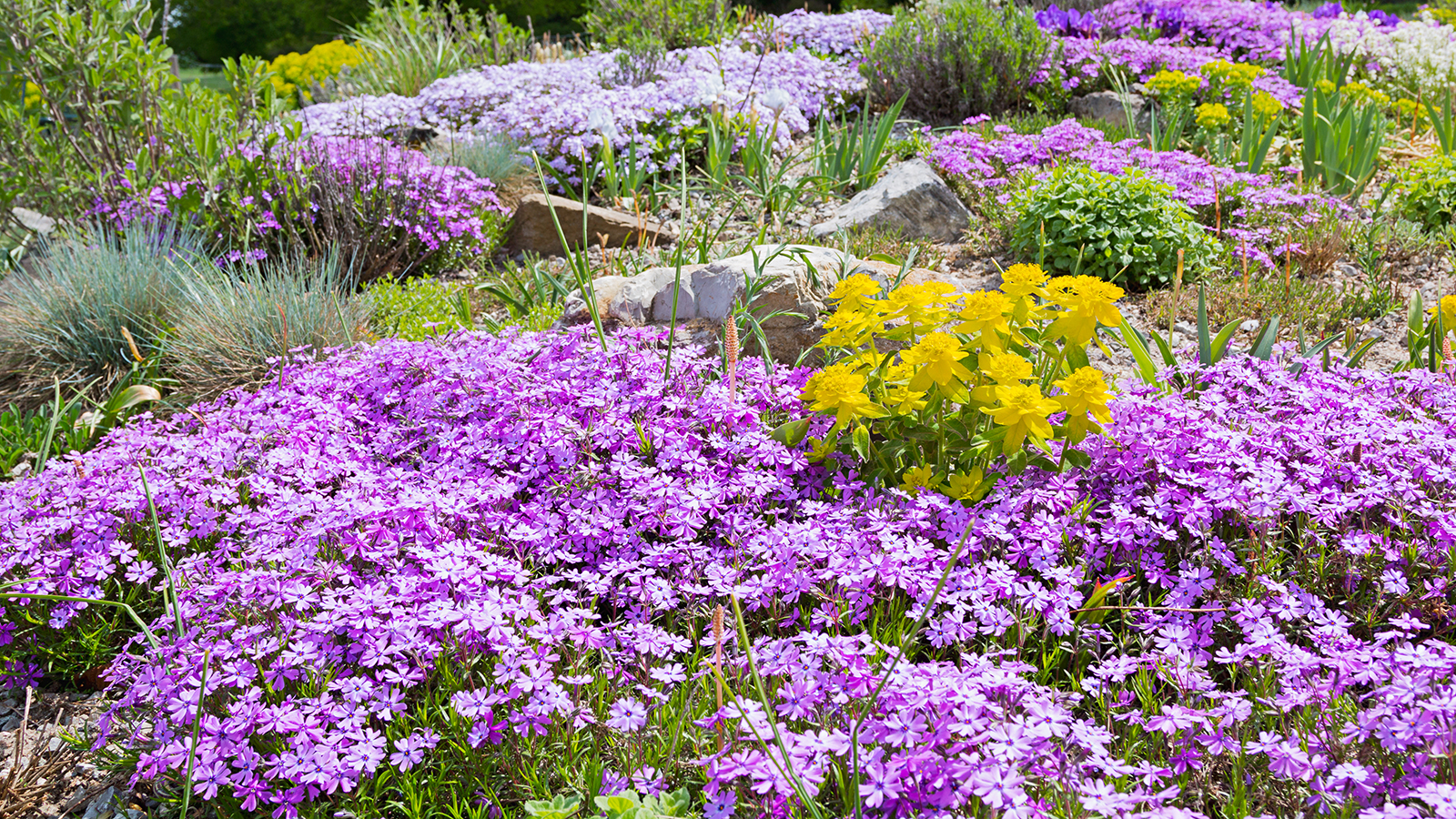

Fast-growing ground cover plants have a host of benefits in the landscape. As well as disguising bare soil, they help to conserve moisture, keep the soil cool in summer and warm in winter, prevent erosion, reduce weeds, and are generally low maintenance.
They also provide beauty – often with flowers but always with greenery. Ground covers soften the landscape and help tie together different parts of the garden.
There are many native plants from which to choose, including woodland and prairie groundcovers. If you wish to buy an imported species, be aware of invasive plants. For example, English ivy is known for its nasty ability to spread where it isn’t wanted and can be difficult to get rid of.
However, even natives can sometimes become a nuisance, such as pachysandra, which freely spreads through stout rhizomes.
In general, fast-growing ground cover plants are prone to spreading out in the garden. This isn't a problem with some species, but do check with your county extension office to make sure your chosen ground cover isn’t a nuisance in your area.
If you have a bare patch of land, choose from these fast-growing ground cover plants to save the soil and pretty up the garden.
1. Deadnettle
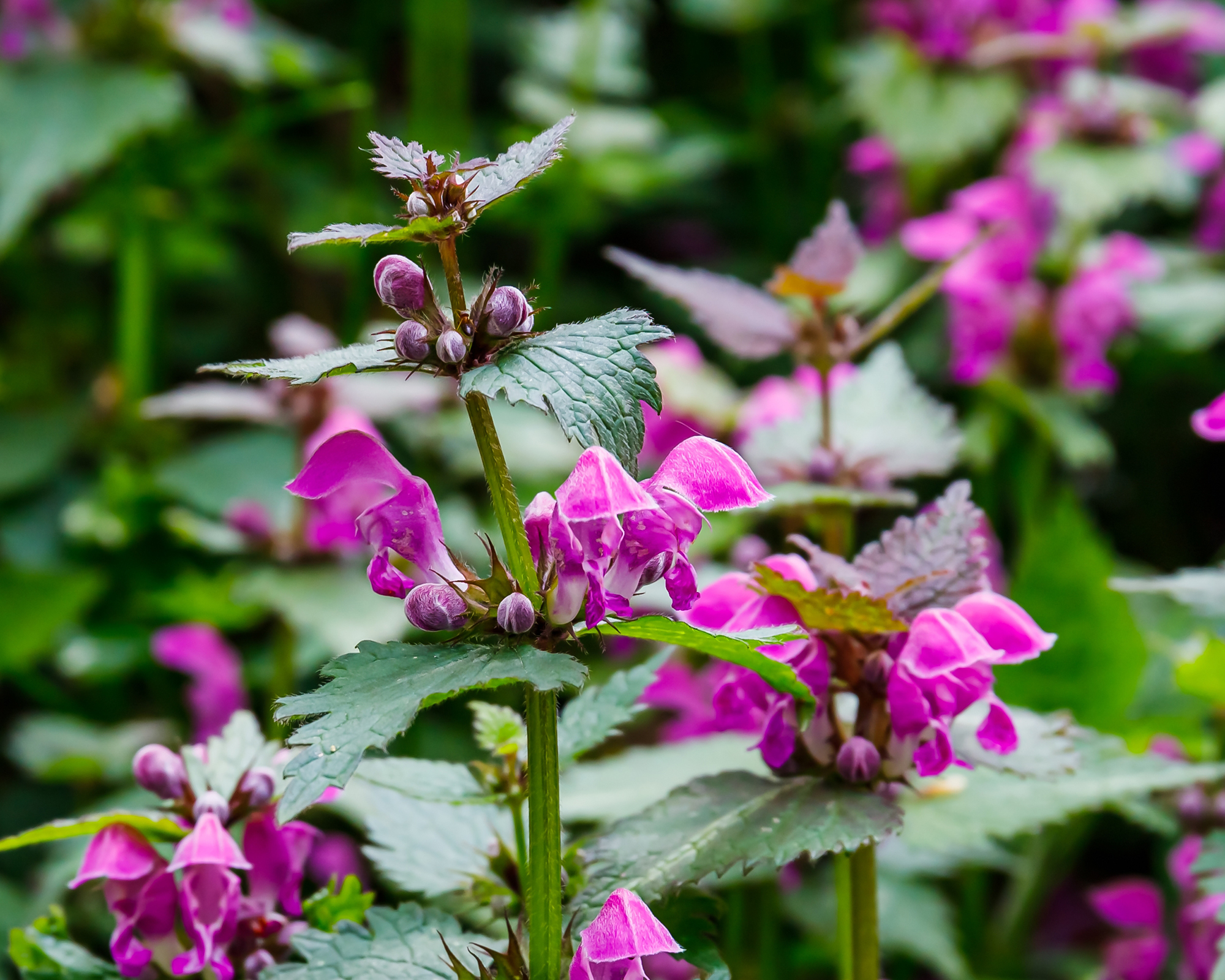
Some of us may find this little plant volunteering in the lawn, but deadnettle – or Lamium – makes an excellent flowering ground cover.
Gardening tips, videos, info and more delivered right to your inbox!
Sign up for the Gardening Know How newsletter today and receive a free copy of our e-book "How to Grow Delicious Tomatoes".
The leaves are arrow-shaped and silver. In the spring the plant blooms with bright purple flowers. There are also variegated forms available.
Deadnettle grows 12 inches (30cm) tall with a similar spread. It's low-maintenance and has a tendency to spread around the garden – so be certain you want to include it. Pinch back plants for a fuller, bushier look.
You can grow deadnettle in USDA hardiness zones 3 to 8, which makes this a very hardy native plant.
2. Wild Ginger
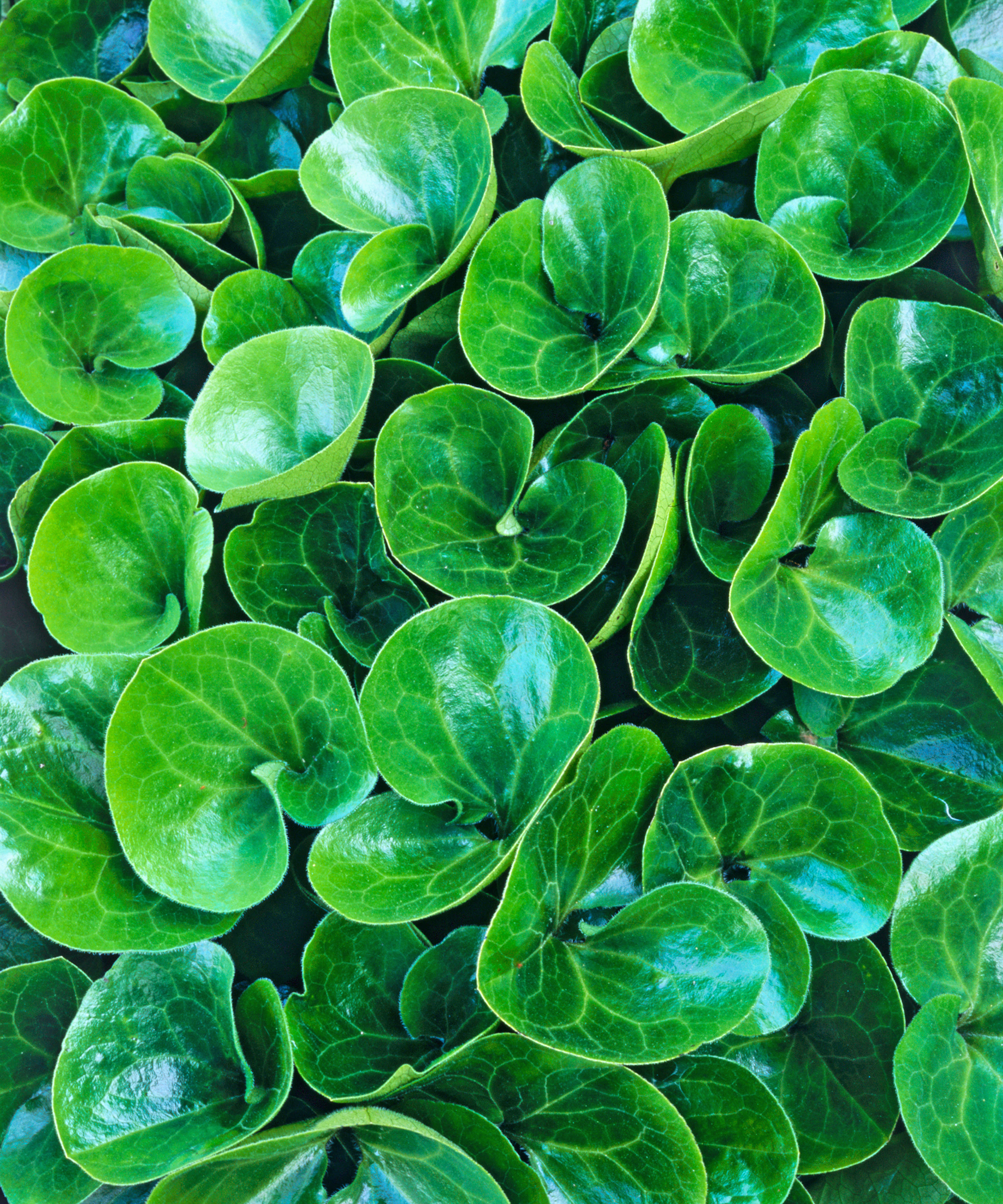
Wild ginger (Asarum and Hexastylis species) won’t produce the flavorful, aromatic root we buy at the supermarket, but it is a lovely ground cover.
This plant likes moist soil in partial to full sun, making it ideal for those hard-to-plant low-light areas. It is deciduous, but beautiful, three-lobed leaves with softly rounded edges decorate the area during the growing season.
In spring it produces tiny red flowers that are mostly hidden under the large leaves.
You can grow wild ginger in USDA hardiness zones 4 to 8.
3. Bearberry
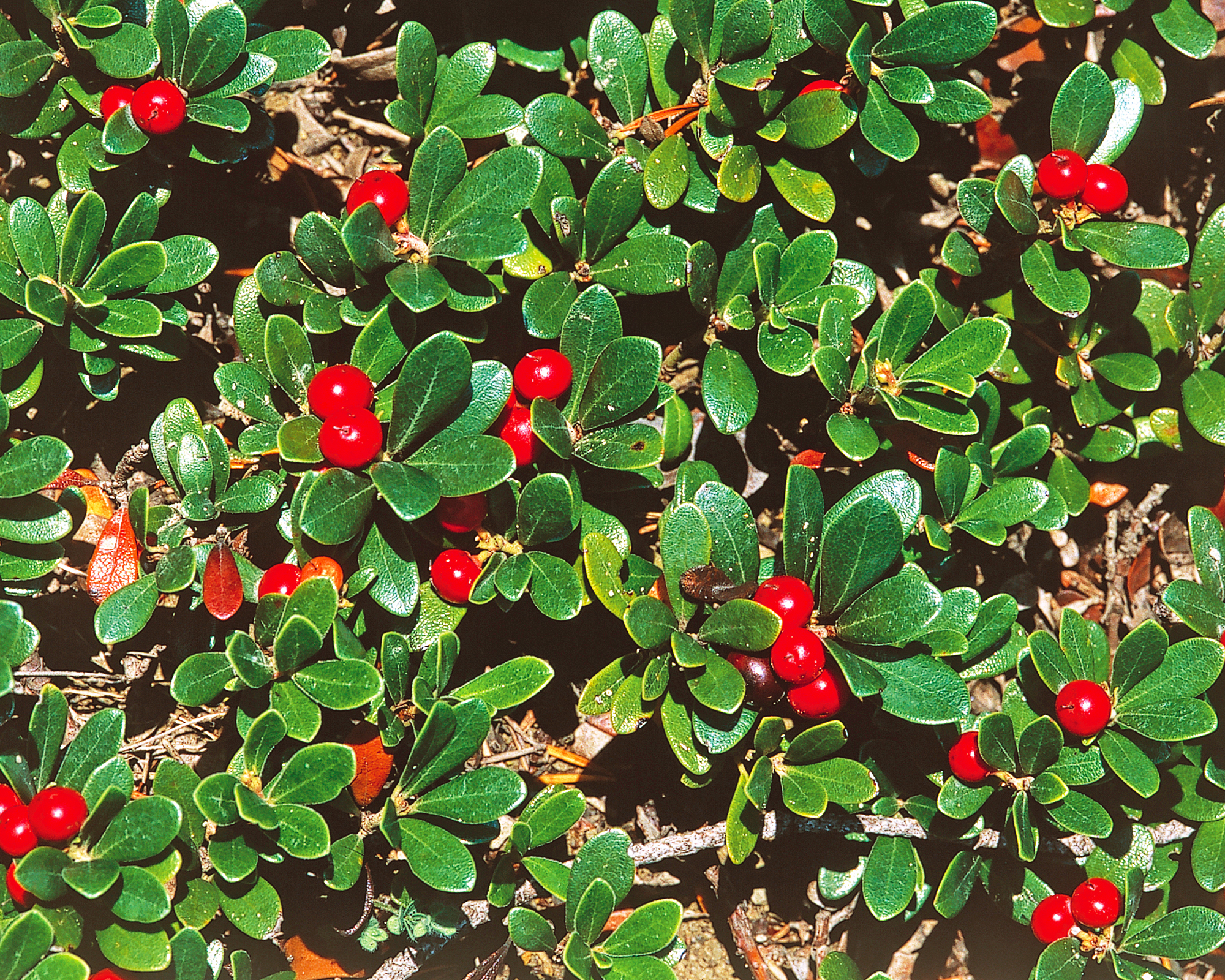
Bearberry (Arctostaphylos uva-ursi) is a North American native with small, rounded, stiff leaves, woody stems, and bright, red berries. The glossy green foliage is evergreen in moderate climates and turns reddish bronze in fall.
A trailing shrub, bearberry grows just 12 inches (30cm) tall and spreads via rhizomes.
It's a great choice for supporting wildlife, as the berries provide winter food for birds, and it is a host plant for certain butterfly species. Yet, it is deer-resistant.
Bearberry is drought tolerant and suitable for USDA hardiness zones 2 to 7.
4. Creeping Phlox
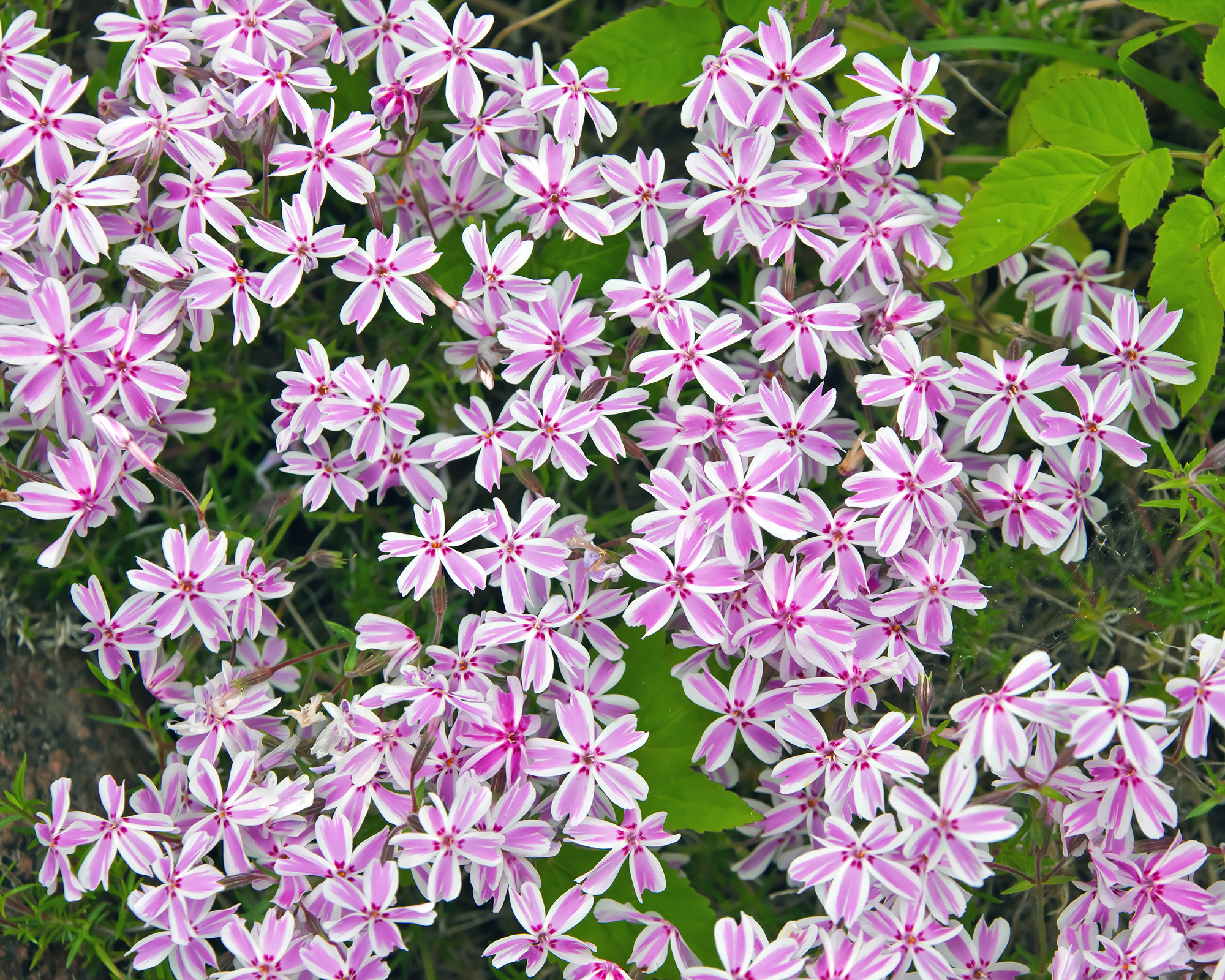
Creeping phlox (Phlox subulata) – or moss phlox – is a fast-growing perennial ground cover that forms a dense mat of foliage. The flowers form on upright stalks and come in hues of lavender, blue, or white, with a center of purple-red.
A very tolerant plant, creeping phlox may thrive in sheltered sun, partial sun, or full shade. This phlox will grow an inch (2.5cm) per month, with an ultimate spread of 16 inches (41cm), reaching 4 inches (10cm) in height.
Creeping wood phlox is hardy in USDA zones 3 to 9.
5. Wild Strawberry
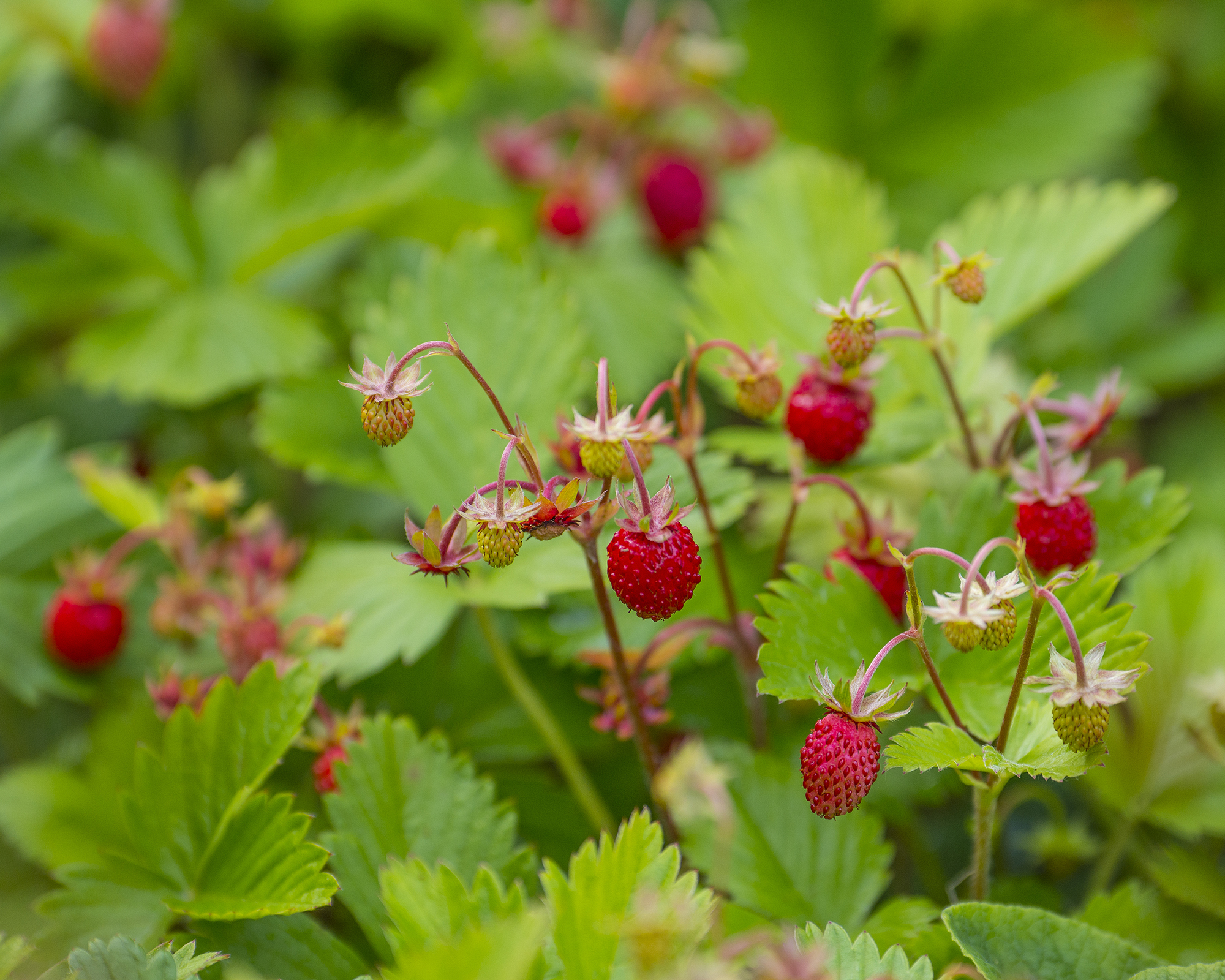
Producing not only the sweetly scalloped leaves but white flowers and fruit, wild strawberries are extremely easy to grow. The plants spread through runners and will easily colonize an area.
Popular options are the Virginia wild strawberry (Fragaria virginiana), beach or coast strawberry (Fragaria chiloensis), and the woodland strawberry (Fragaria vesca).
Wild strawberries are unfussy about lighting conditions, although full-shade sites may reduce flowering and fruiting. The fruits are tiny, but deliciously sweet and a favorite of birds and other wildlife.
This perennial is not invasive and is low maintenance provided plants are watered occasionally.
You can grow wild strawberries in USDA hardiness zones 3 to 10.
6. Virginia Creeper
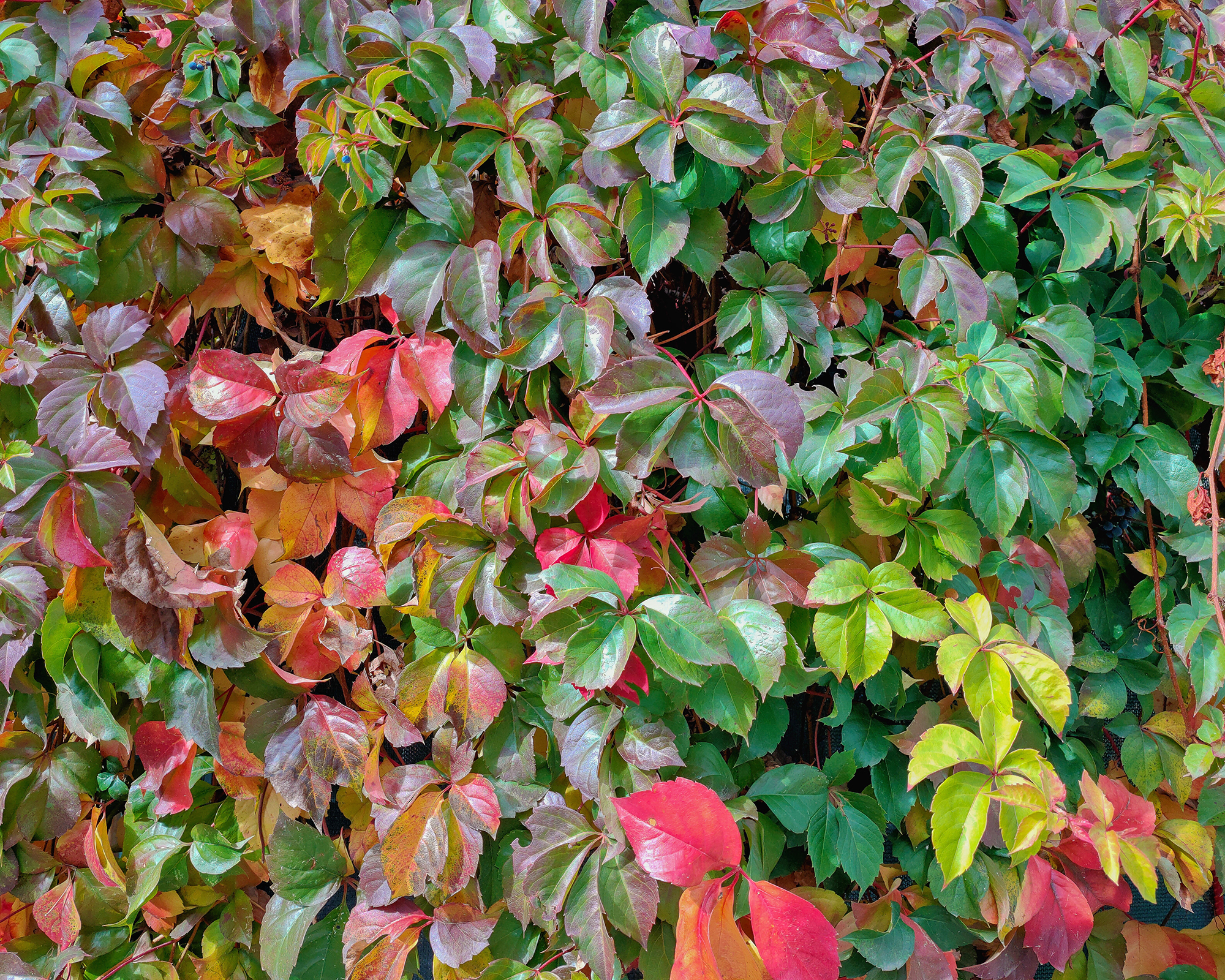
A woody perennial, Virginia creeper (Parthenocissus quinquefolia) – or woodbine – is a vine related to grapes – evident in its leaf shape. The leaves are palmate and separated into five leaflets which turn the most amazing reds and bronzes in fall.
Virginia creeper is tolerant of salt, pollution, deer, compact soil, and periods of drought. However, the best growth comes in any soil with average moisture.
The vine is fast growing, attaining 50 feet (15m) in no time. It produces blue, thickened fruits enjoyed by many wildlife and is hardy in USDA zones 3 to 9.
7. Ajuga
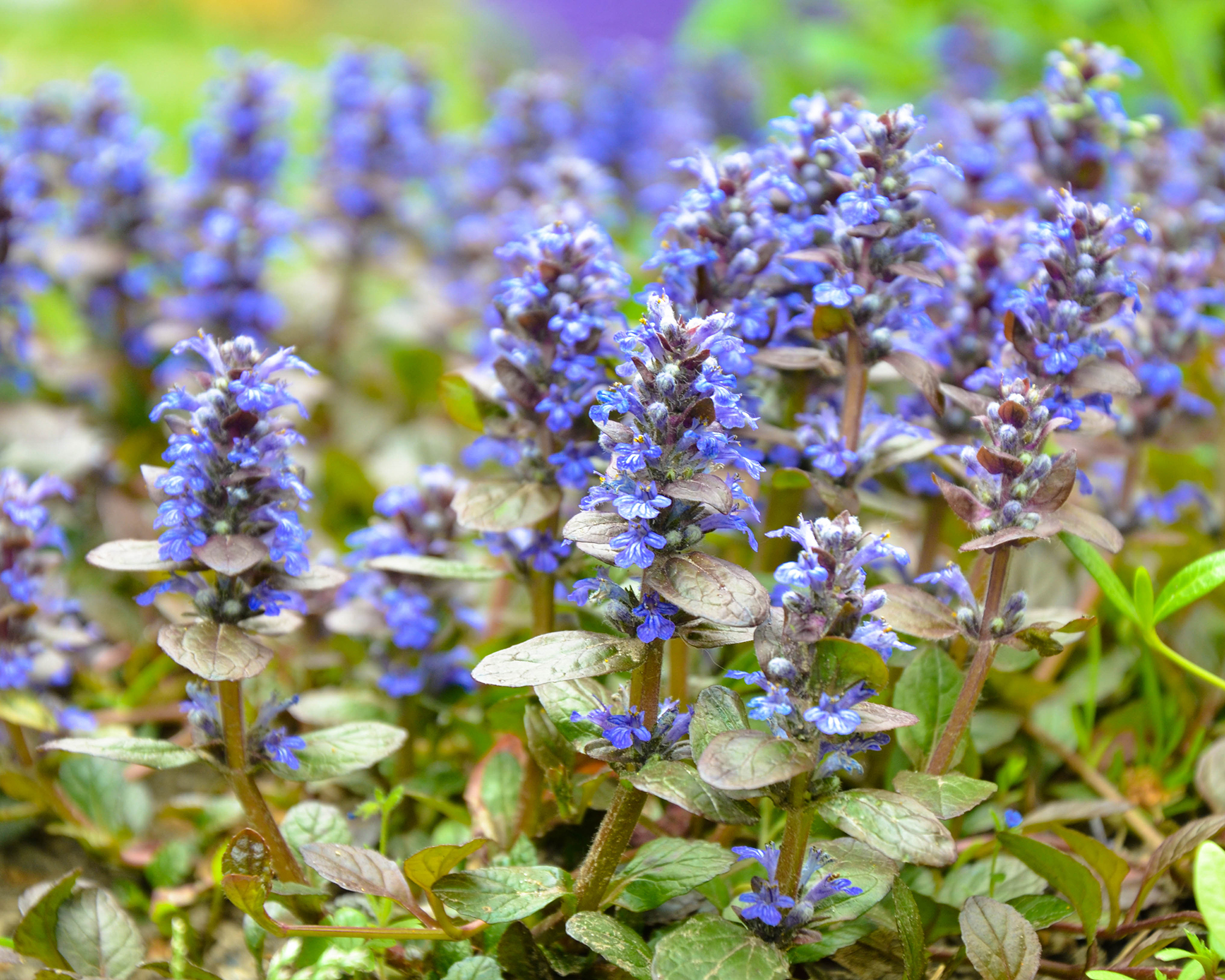
Also known as bugleweed, ajuga (Ajuga reptans) is a perennial that looks gorgeous in its foliar state with bronze-chocolate-edged leaves.
There are several cultivars, some with larger leaves, and a variegated specimen.
Perfect for shady sites, ajuga grows 6 inches (15cm) tall and produces spring flowers in deep periwinkle blue.
Quite quickly it will form a mat of plants that will decorate a blank area of the garden. It's very hardy in USDA zones 4 to 10.
8. Wild Stonecrop
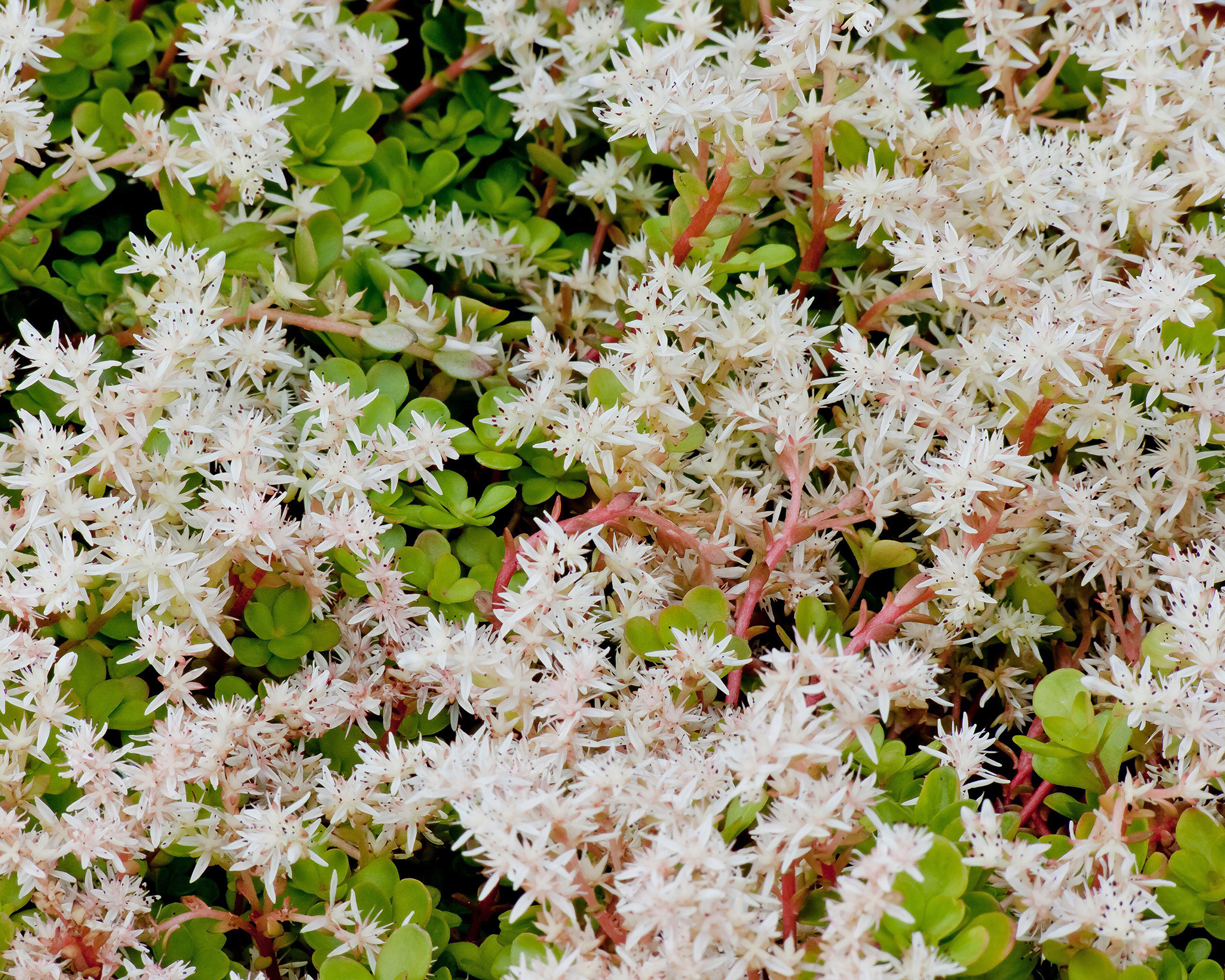
A perennial succulent, wild stonecrop (Sedum ternatum) is a creeping plant with rounded, fleshy leaves. In spring it produces little spires of star-like white flowers. Butterflies, bees, and other pollinators are attracted to the flowers.
The stems root easily when broken off and placed on fresh soil. It will spread and produce new plants over time. This stonecrop is deer and rabbit-resistant, drought-tolerant once established, and needs little maintenance. Pull off the spent flower stems to enhance the leaves' beauty.
Wild stonecrop is hardy in USDA zones 3 to 9.

Bonnie Grant is a professional landscaper with a Certification in Urban Gardening. She has been gardening and writing for 15 years. A former professional chef, she has a passion for edible landscaping.
- Amy DraissDigital Community Manager
- Melanie GriffithsSenior Editor
-
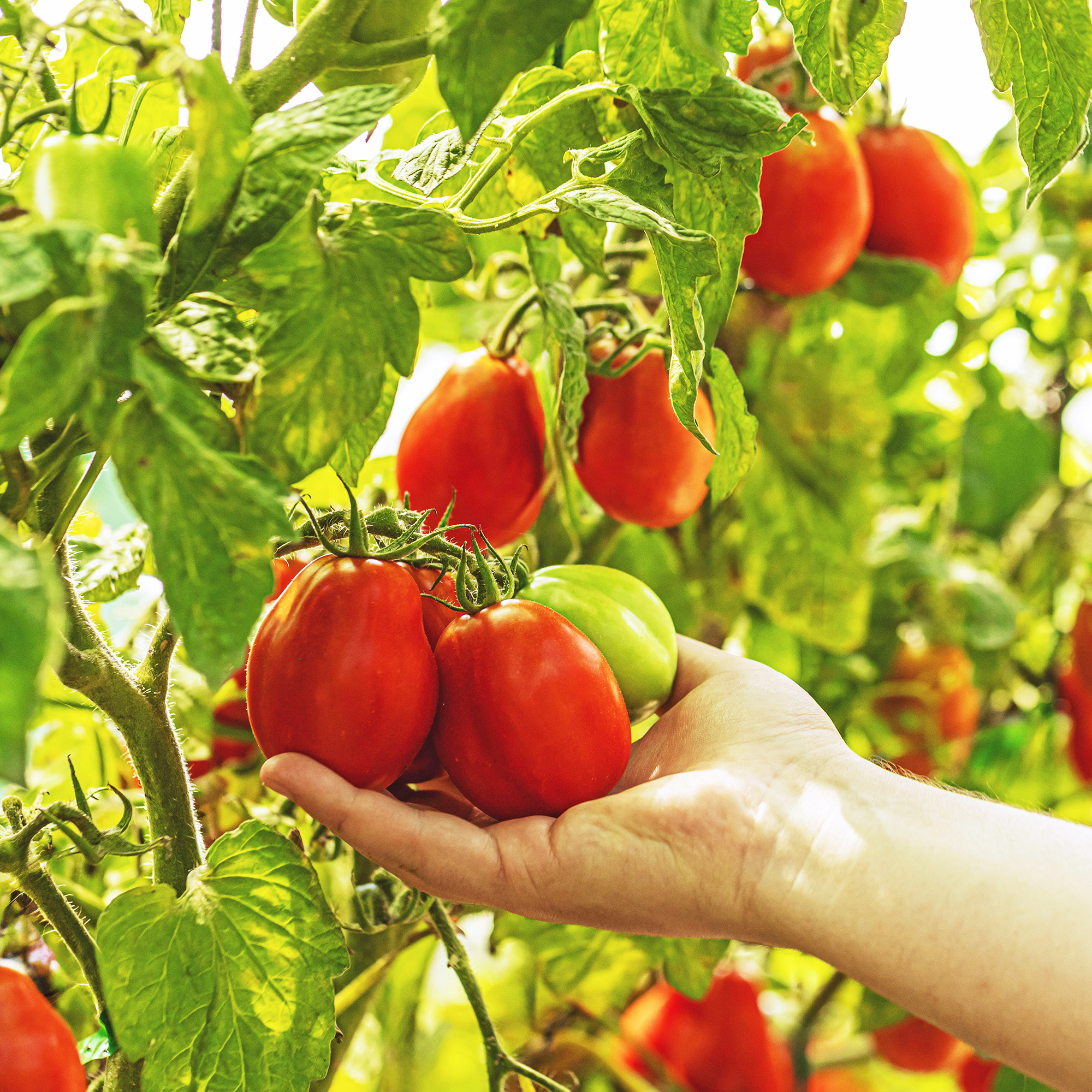 Why Calcium Matters For Tomato Plants: Prevent Disease & Increase Yields
Why Calcium Matters For Tomato Plants: Prevent Disease & Increase YieldsFind out how to maximize your harvest and prevent dreaded diseases such as blossom end rot by increasing calcium for tomato plants.
-
 Herb Hanging Basket Ideas: 8 Best Plants For Long-Lasting Edible Splendor
Herb Hanging Basket Ideas: 8 Best Plants For Long-Lasting Edible SplendorExplore the best plants for a hanging basket herb garden. These picks are sure to add visual appeal and keep your herbs within easy reach.
-
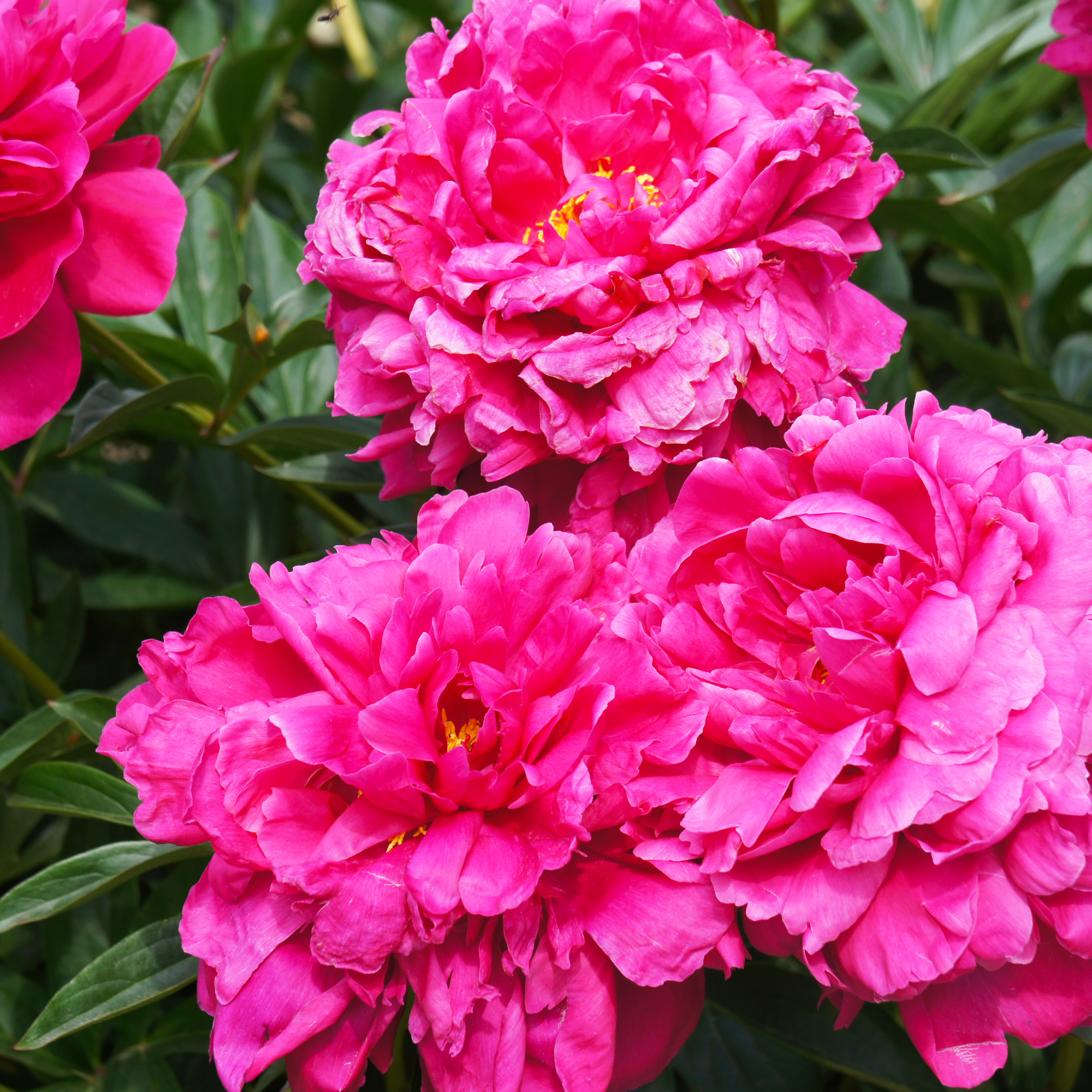 How To Grow A Kansas Peony For Sublime Magenta Double Blooms And Enduring Fragrance
How To Grow A Kansas Peony For Sublime Magenta Double Blooms And Enduring FragranceGrowing Kansas peonies will add gorgeous color and fragrance to your garden. Their deep color and lush blooms are sure to make your neighbors jealous!
-
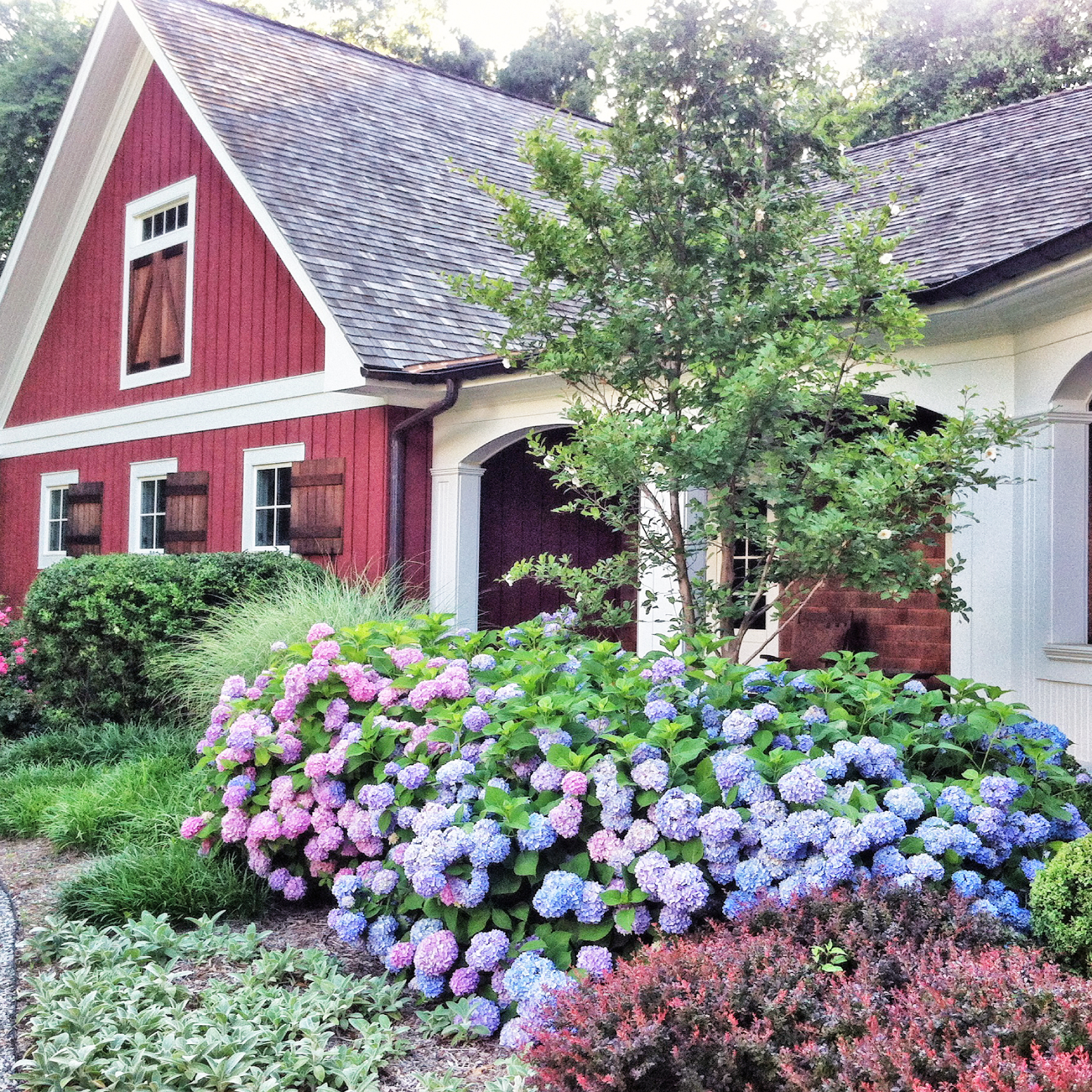 Hydrangea Landscape Uses – 5 Beautiful Ideas To Try In Your Yard This Year
Hydrangea Landscape Uses – 5 Beautiful Ideas To Try In Your Yard This YearHydrangeas can add a vibrant element to your garden and there are numerous landscape uses for these blooming beauties. Gorgeous hydrangea ideas abound!
-
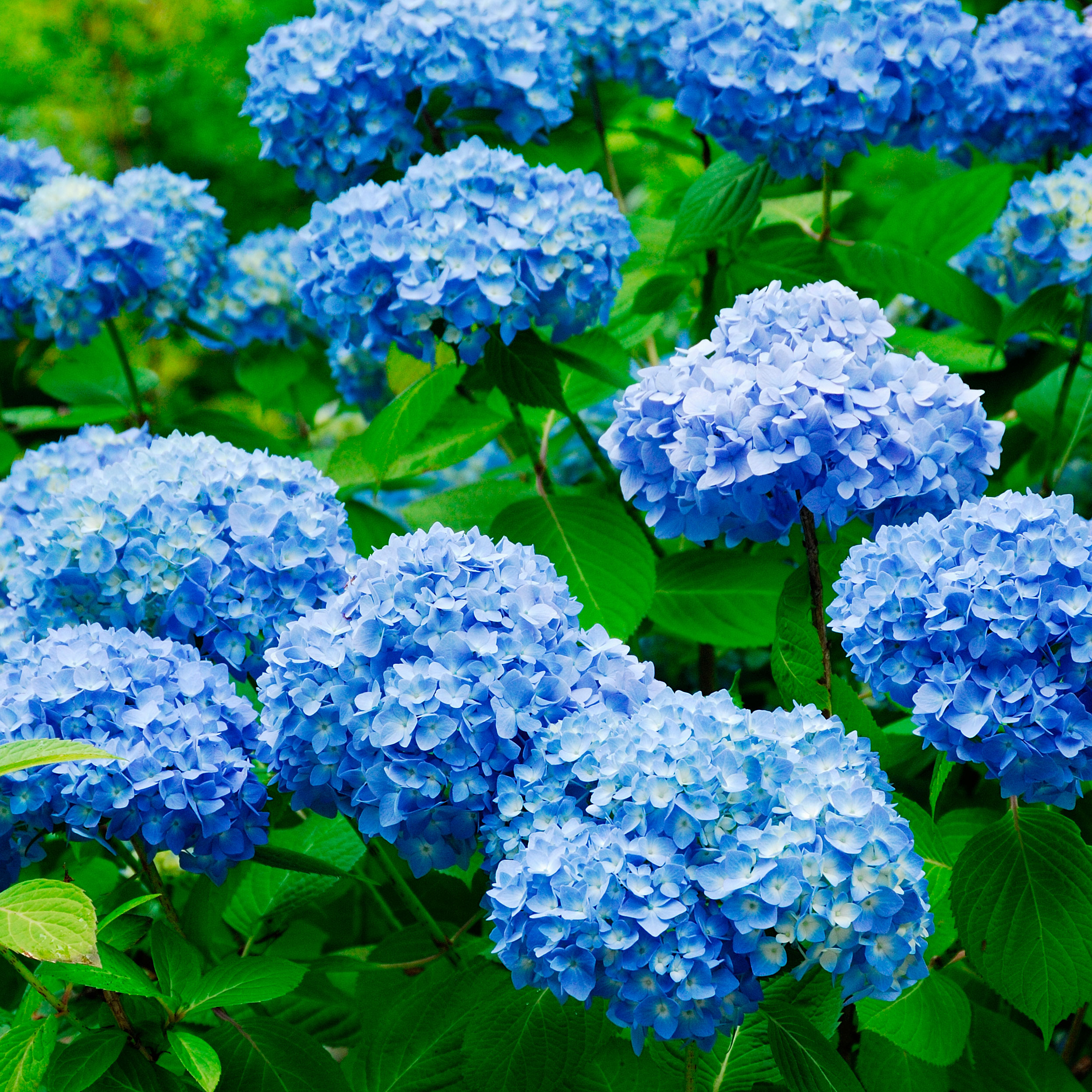 Best Blue Hydrangeas: Stunning Blue Hydrangea Varieties For A Sapphire-Studded Garden
Best Blue Hydrangeas: Stunning Blue Hydrangea Varieties For A Sapphire-Studded GardenWhether you’re a mophead or a lacecap lover, blue hydrangea varieties present breathtaking profusions of cool, lush floral displays. Here are 5 of the best to try
-
 Which Invasive Shrubs Should You Avoid Growing? Plus, Best Natives To Plant Instead
Which Invasive Shrubs Should You Avoid Growing? Plus, Best Natives To Plant InsteadCertain plants may look lovely but they can wreak havoc to local areas and native wildlife. Here are the key invasive shrubs to avoid – with recommendations on gorgeous native alternatives to try
-
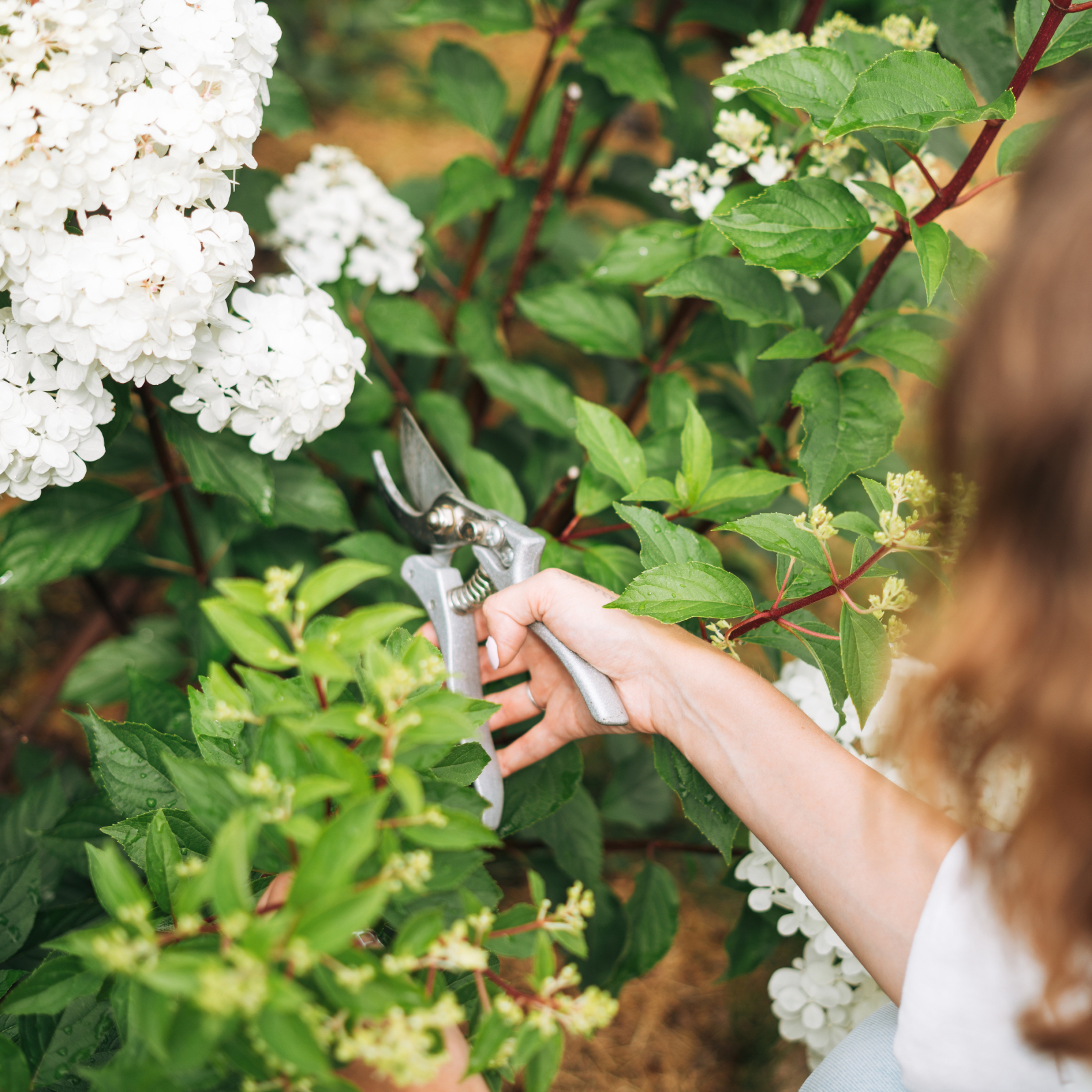 Pruning Limelight Hydrangea Bushes For Bigger Blooms & Stronger Plants
Pruning Limelight Hydrangea Bushes For Bigger Blooms & Stronger PlantsPruning 'Limelight' hydrangea will benefit the shrub. Flowers will be more bountiful the next year and branches will be stronger. Learn how and when to prune.
-
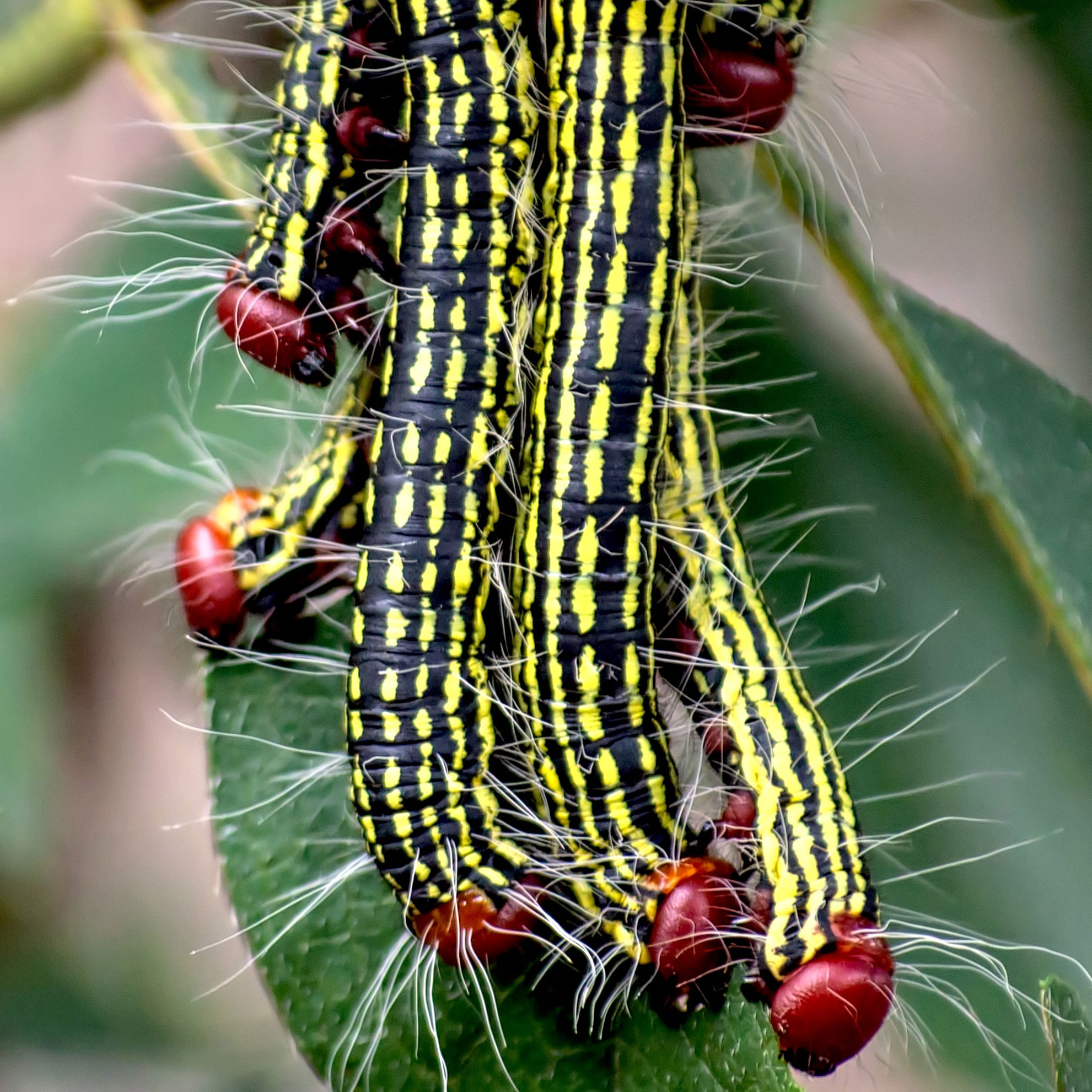 What’s Wrong With Your Azaleas? Identify, Tackle And Prevent 6 Common Azalea Pests
What’s Wrong With Your Azaleas? Identify, Tackle And Prevent 6 Common Azalea PestsIf you’ve spotted signs of azalea leaf damage, don’t panic – here’s how to identify the most common azalea pests so you can take action swiftly and keep plants healthy
-
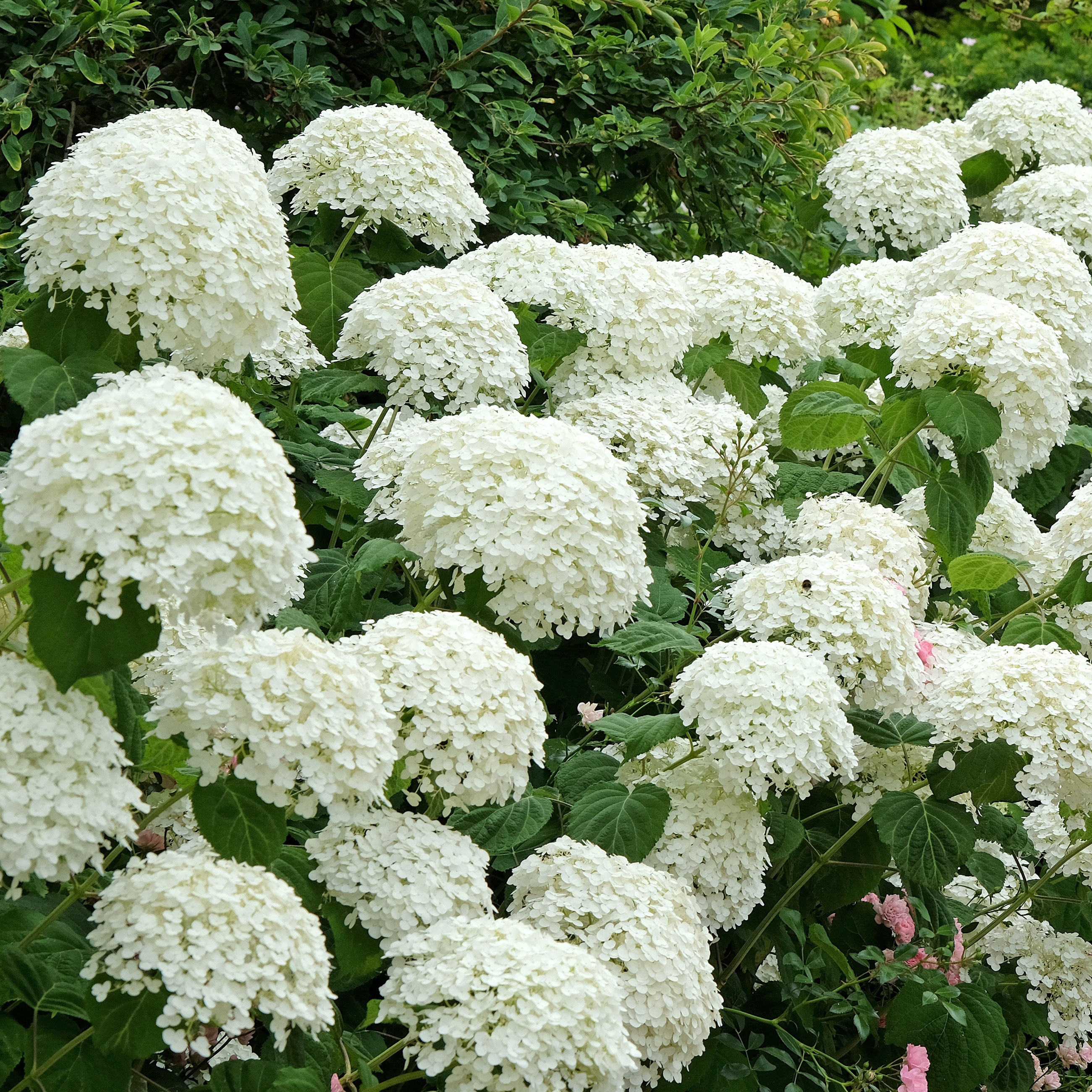 Native Hydrangea Varieties In North America – 8 Sensational Smooth And Oakleaf Varieties For Hardy Blooms And Multi-Season Beauty
Native Hydrangea Varieties In North America – 8 Sensational Smooth And Oakleaf Varieties For Hardy Blooms And Multi-Season BeautyHydrangeas are beloved for their enduring visual dynamics – but if you go native, they’re even better. Here are the most captivating native hydrangea varieties you can grow
-
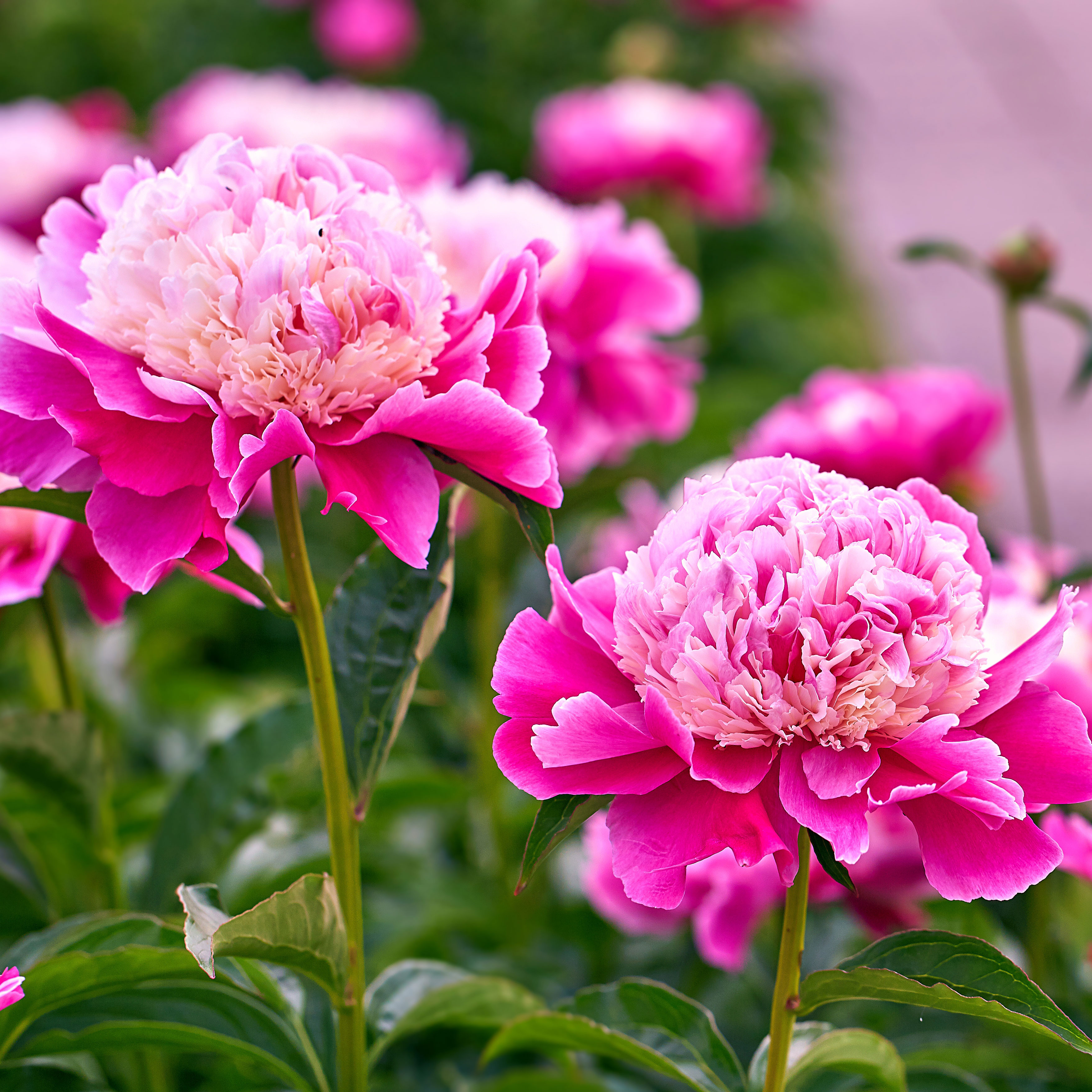 Grow These 8 Pretty Peony Colors To Include In Your Garden For A Spectacular Spring Rainbow
Grow These 8 Pretty Peony Colors To Include In Your Garden For A Spectacular Spring RainbowThere are as many shades of peony as there are types of garden – each more gorgeous than the last. Discover some of the most exhilarating peony colors for your yard